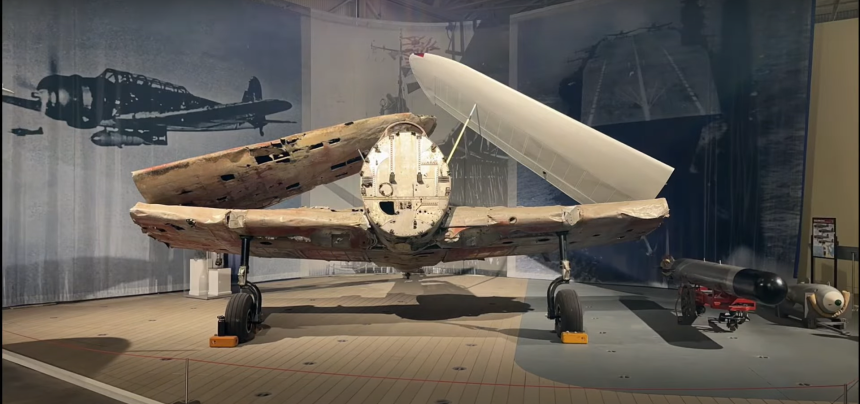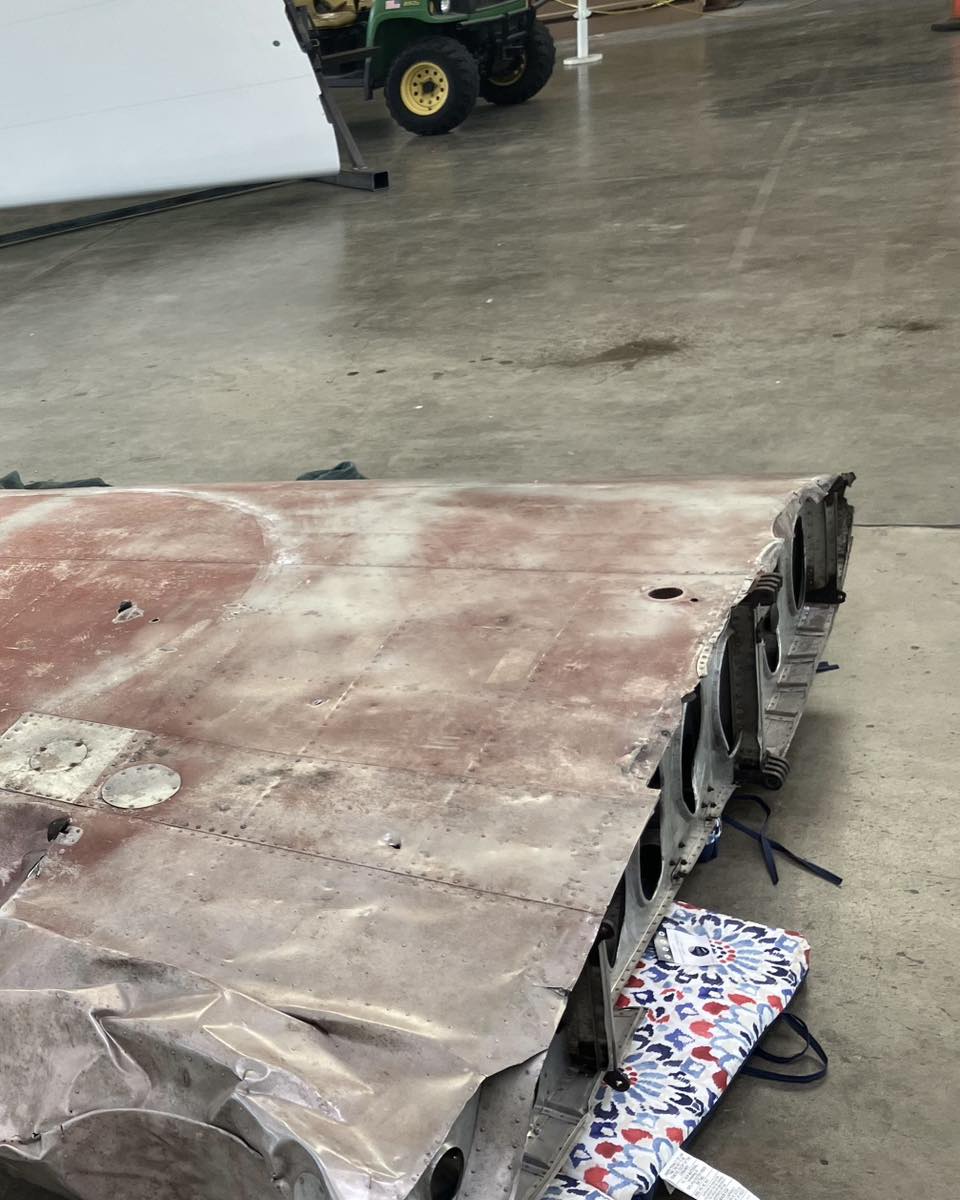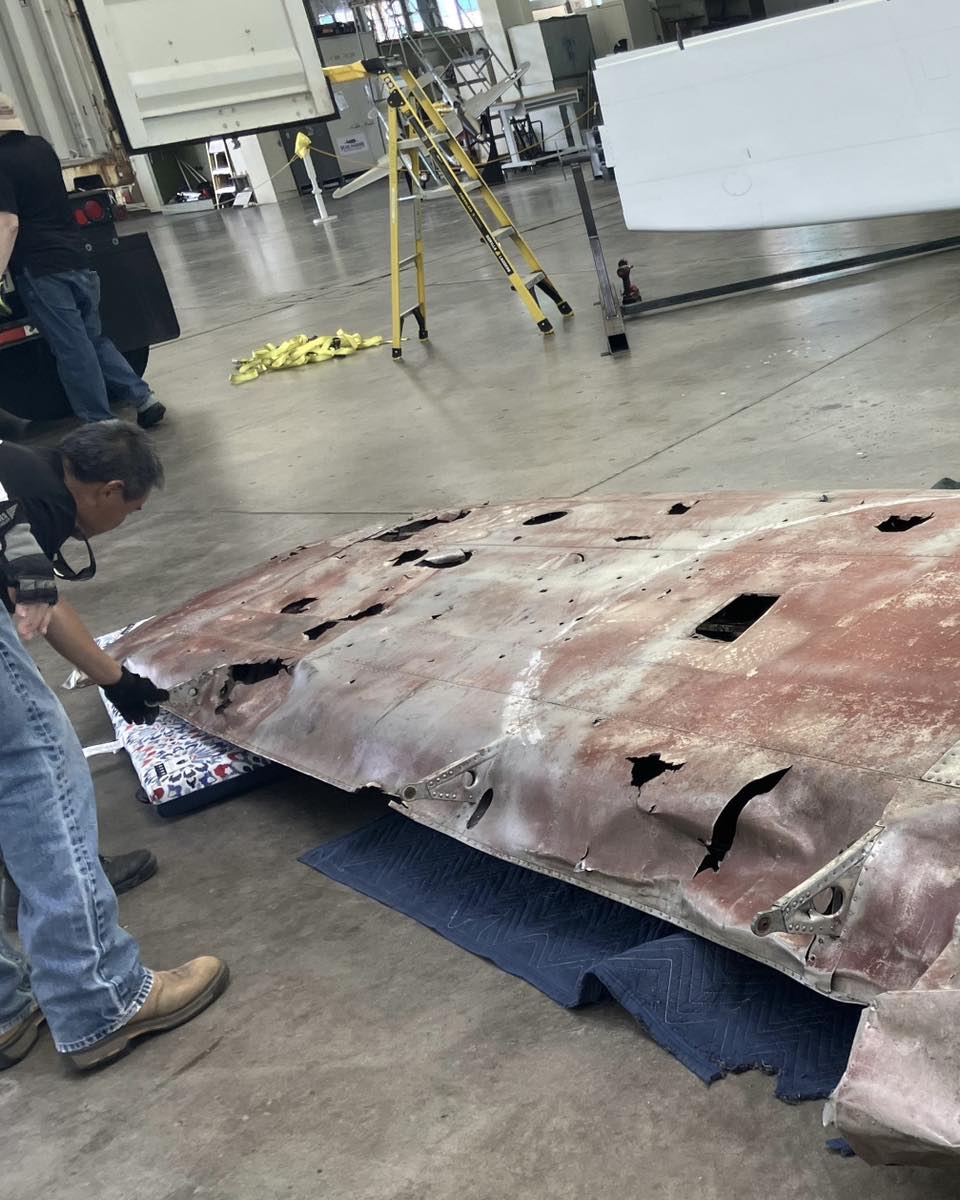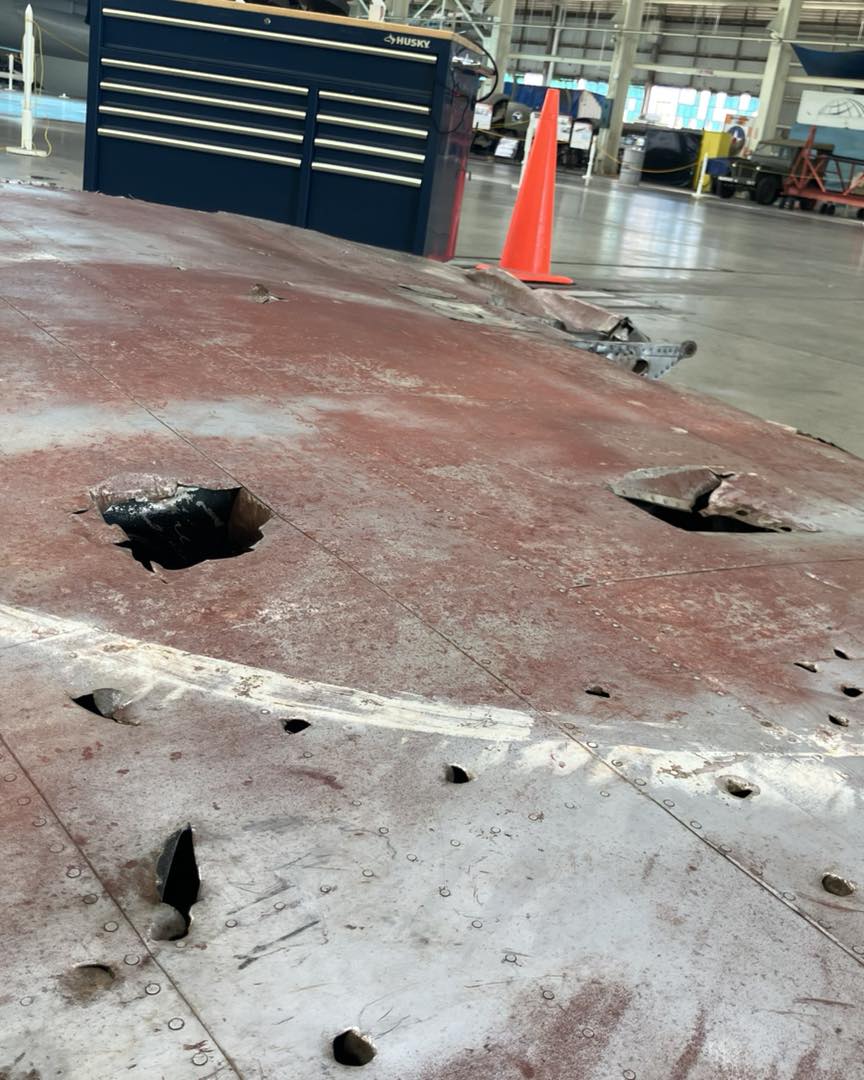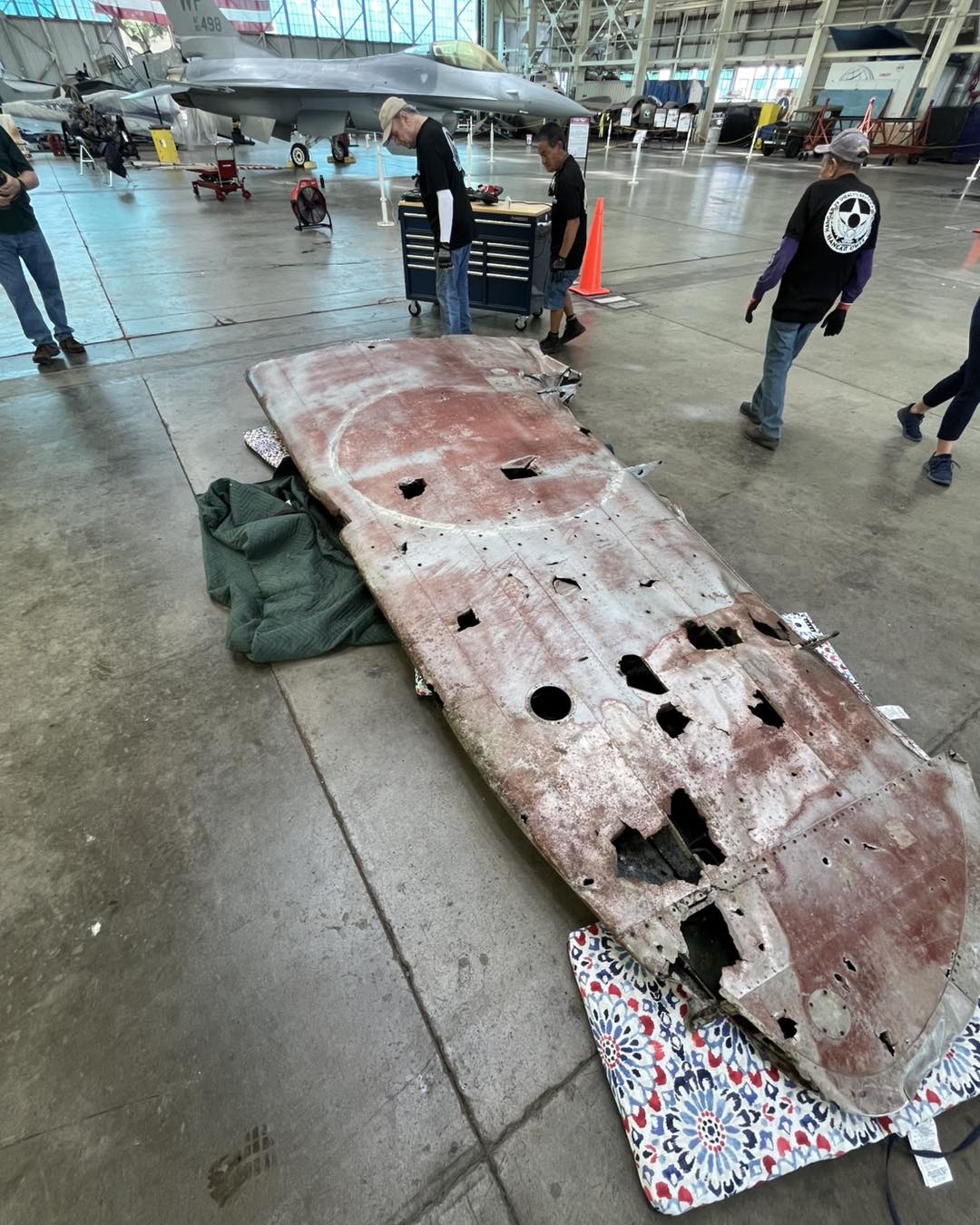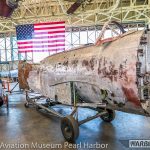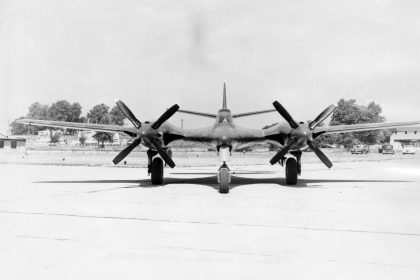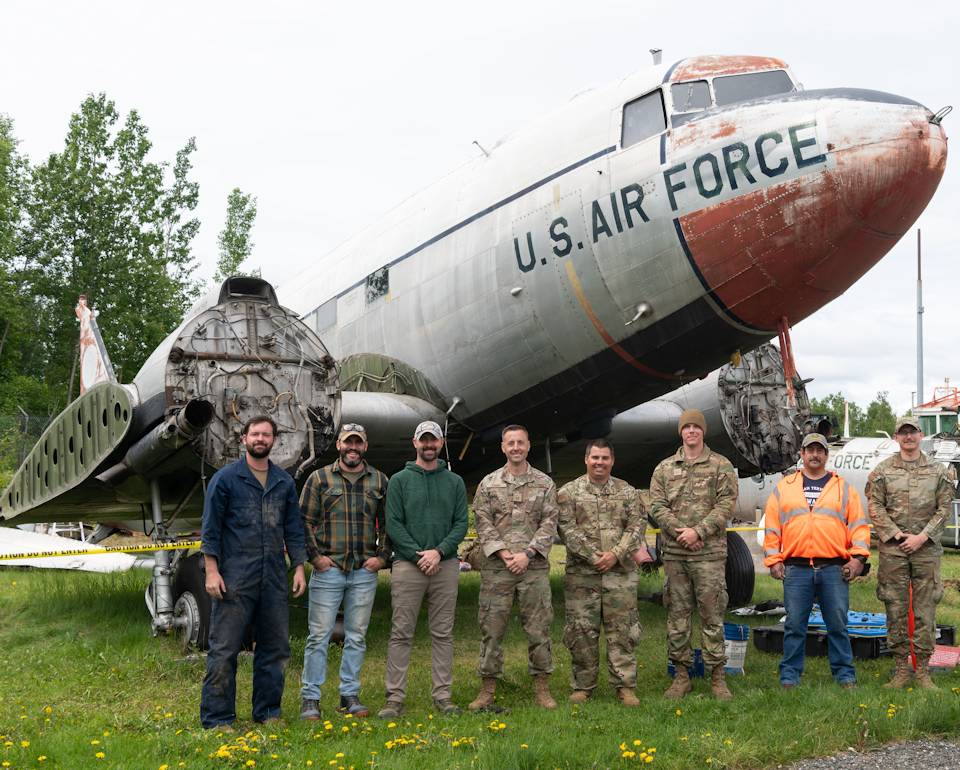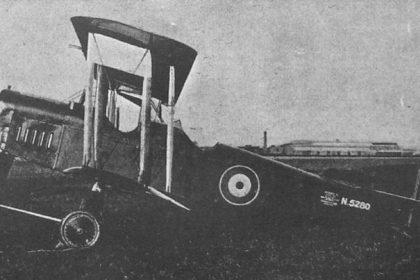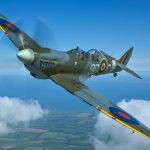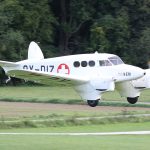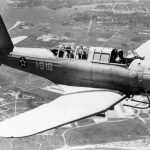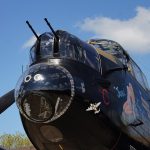At Vintage Aviation News, we have previously reported that the Pearl Harbor Aviation Museum in Hawaii has the original remains of a Nakajima B5N2 ‘Kate’ torpedo/high-level bomber of the type used to launch torpedoes against the U.S. Pacific Fleet on December 7, 1941. The ‘Kate’ also played a major role in the sinking of numerous Allied warships in the Pacific, such as the aircraft carriers USS Lexington (CV-2), USS Yorktown (CV-5), and USS Hornet (CV-8). However, with the advance in American naval fighters, the sinking of much of Japan’s carriers, and the loss of experienced pilots, the B5N came to be considered obsolete by the end of WWII, and only two wrecks have been placed on display outside the Pacific, with one of these being the aircraft in Pearl Harbor that just received a new outer wing panel.
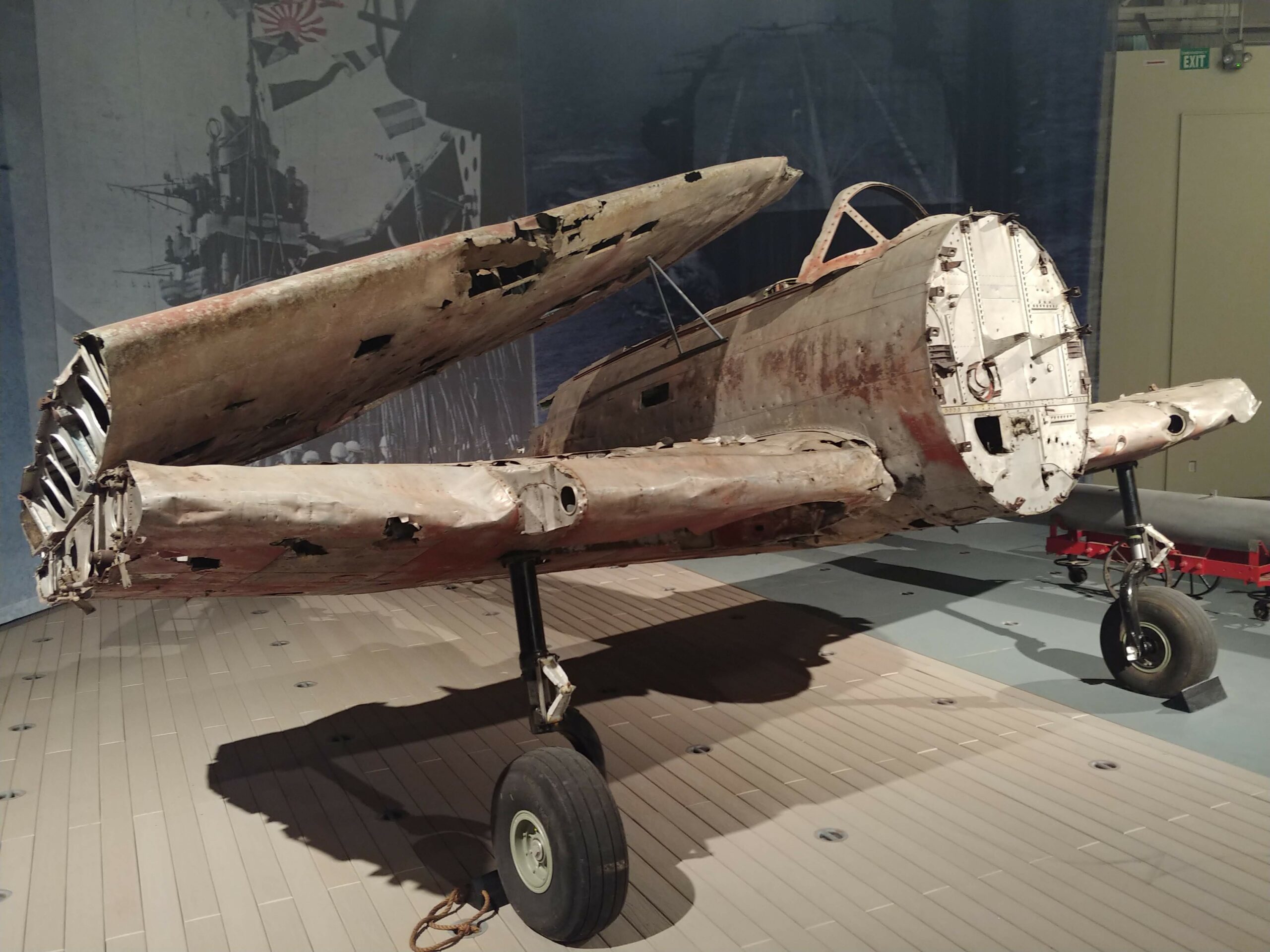
In our 2016 article about the arrival of this ‘Kate’ to the museum then called the Pacific Aviation Museum (see this article HERE), chief editor Richard Mallory Allnut cited historian Justin Taylan’s site Pacific Wrecks on the history of this B5N2, which is recorded on this webpage HERE. The aircraft’s construction number and Imperial Japanese Naval Air Service serial number are currently unknown, but it had the squadron tail number 302 for the 105th Naval Base Air Unit at Vunakanau Airfield, near Rabaul, New Britain. When the Japanese garrison at Rabaul was bypassed by the American’s Island-Hopping Campaign in order to focus on more strategically valuable bases, and was cut off from supply convoys by allied sea and air forces, most of the garrison’s aircraft were no longer airworthy due to a lack of spare parts, and by VJ-Day, B5N2 302 was among the last airplanes in airworthy condition at Vunakanau.
While the Allies had mandated the application of “surrender colors” to Japanese aircraft, which consisted of an overall white scheme and green crosses over the overpainted Hinomaru (Rising Sun) roundels, B5N2 ‘Kate’ 302 never wore these colors. After the Allied Powers began their occupation of New Britain, which had been governed during the Interwar Years as a League of Nations Mandate territory governed by Australia until its conquest by the Japanese in 1942, the Japanese airmen issued a request on September 10, 1945, to receive permission to surrender themselves and their airworthy aircraft to an Air Force unit rather than an Army unit. Their request was granted by the Allies, who issued the Japanese instructions to fly to the nearest Allied-controlled airfield from their locations. At this time, photographers of the Royal New Zealand Air Force (RNZAF) photographed ‘Kate’ 302 at Vunakanau with a tarp applied over its canopy and a damaged propeller.
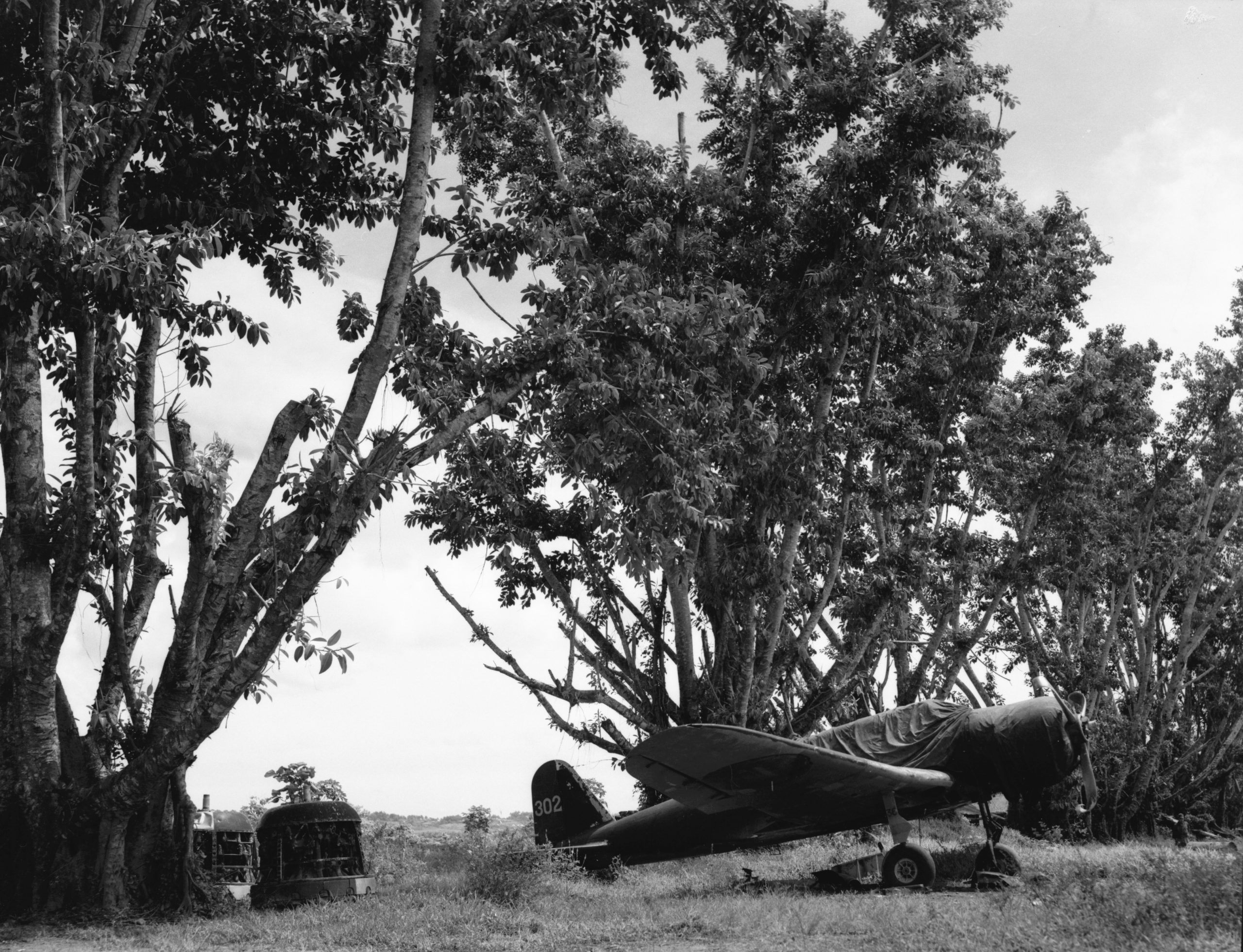
On September 18, 1945, three Mitsubishi A6M Zero fighters (A6M3 s/n 3479, A6M5 s/n 4043, and A6M5 s/n 4444) and a Mitsubishi Ki-46 “Dinah” twin engine reconnaissance aircraft (s/n 2783) took from Vunakanau to Jacquinot Bay Airfield, about 100 miles southwest of Vunakanau under escort from their now former adversaries. However, B5N2 ‘Kate’ 302 was not among them, having mechanical problems, requiring the Japanese mechanics more time to get the B5N2 to Jacquinot Bay.
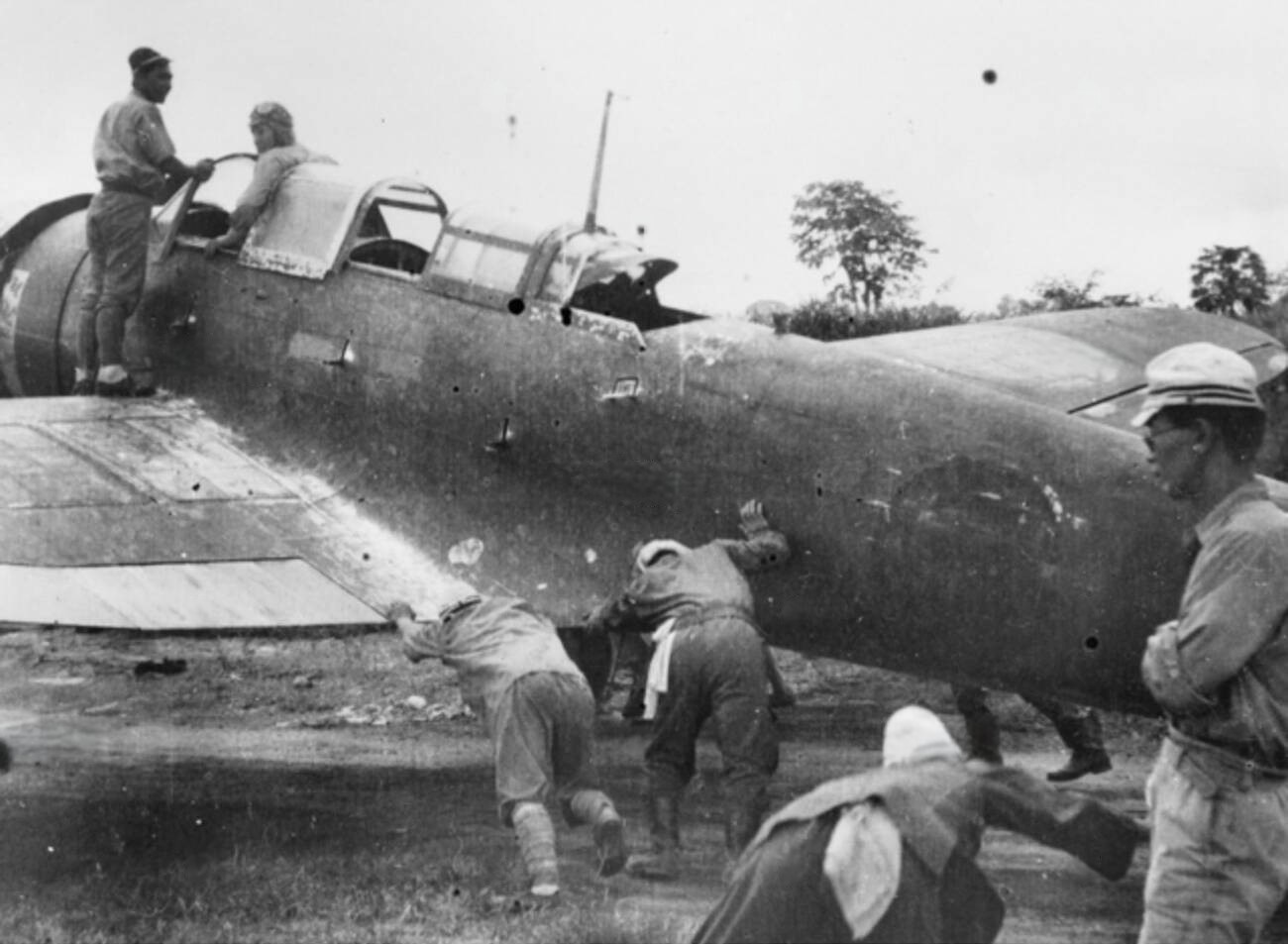
On October 14, 1945, B5N2 ‘Kate’ 302 took off from Vunakanau Airfield just after 9:00 am to surrender at Jacquinot Bay Airfield. At the controls was Pilot Officer Goro Kataoka, who then climbed to 1,000 feet, rolled back, and dove towards the runway at Vunakanau for a low pass as a final goodbye to the ground personnel. After making the pass, Kataoka ascended to 2,000 feet, where he was joined by four Corsair fighters from No. 16 Squadron, RNZAF, led by Lt. Bryan B. Cox. During the flight, Pilot Officer Kataoka began flying on a westerly course and had to be corrected by Lt. Cox using hand signals to communicate. Additionally, an Aichi E13A ‘Jake’ reconnaissance floatplane had joined the flight, having taken off from Simpson Harbor, Rabaul, also bound or Jacquinot Bay. After the B5N2 and the E13A landed and were formally surrendered, they were the last Japanese airplanes flown in New Guinea.
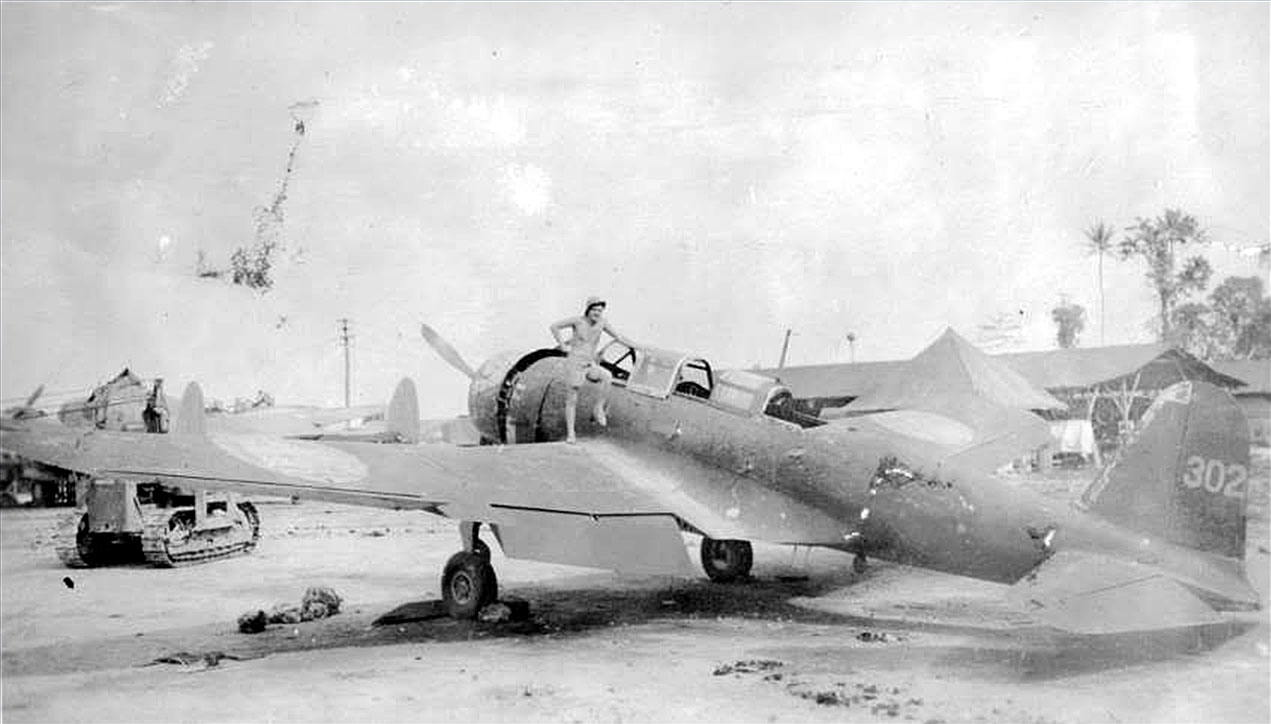
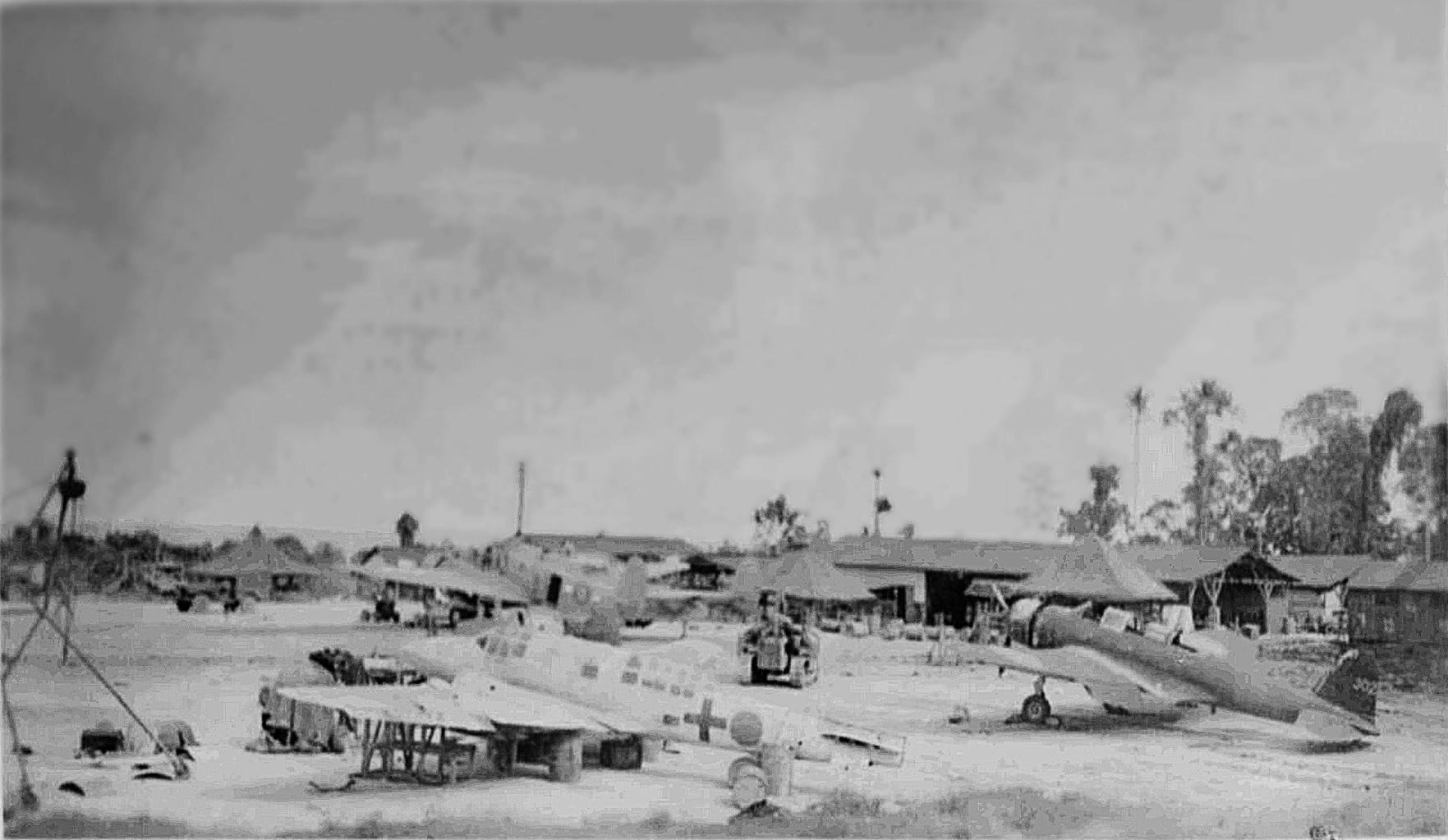
Being an older type, B5N2 ‘Kate’ 302 was abandoned at Jacquinot Bay Airfield, and was left to rot along with the Ki-46 until 1981, when New Zealand wreck chaser Brian Bennett had the two airframes recovered and arranged for the B5N2’s Nakajima Sakae engine to donated to the Kokopo War Museum in Rabaul, where it remains to this day. In 2003, the ‘Kate’ and the ‘Dinah’ were placed into shipping containers by Bruno Carnovale and Ian Whitney to the port of Lae, Papua New Guinea, for export to Australia, but were impounded by the PNG government as being what the government claimed to be an illegal sale, However, the two aircraft were later exported to Pioneer Aero in New Zealand, and placed in storage.
By 2010, the ‘Kate’ had been brought to the attention of the Pacific Aviation Museum (now the Pearl Harbor Aviation Museum), initially with the goal of completely restoring it, and as such some components were restored, but the museum’s Board of Directors ultimately elected to bring the aircraft to Pearl Harbor and have it displayed in its original, largely unrestored condition.
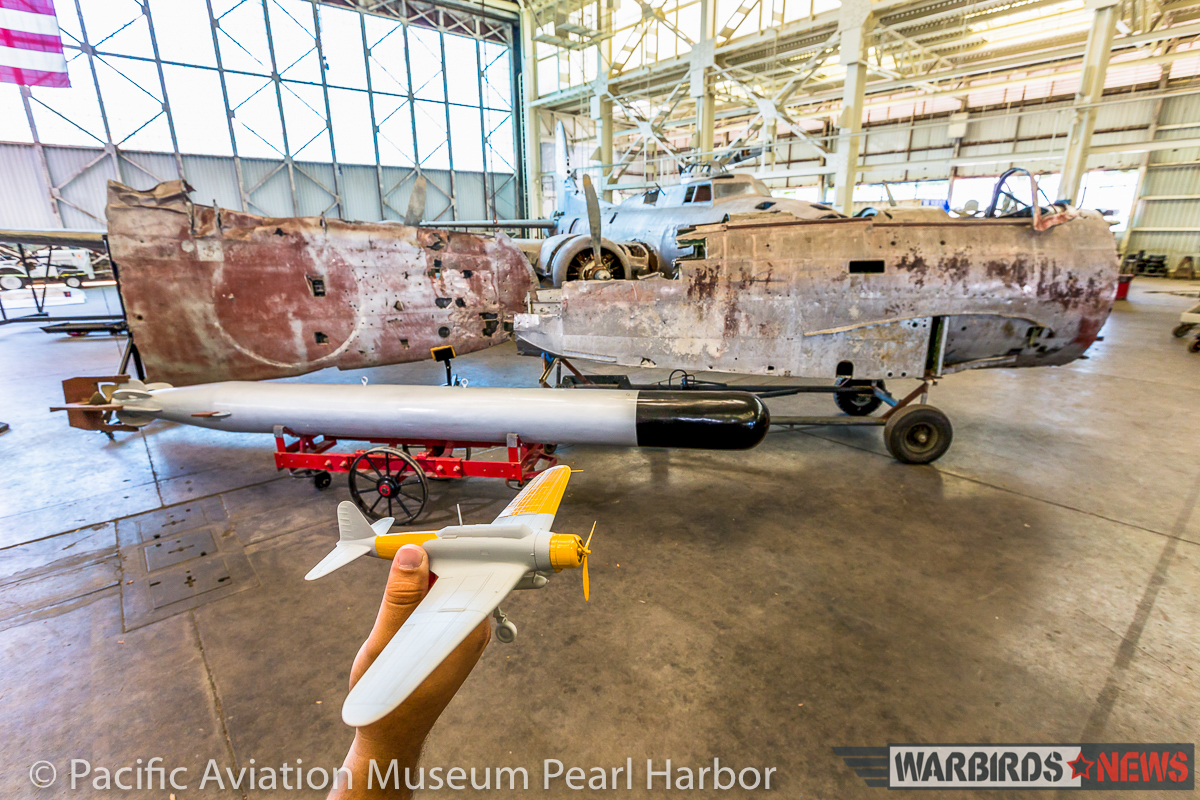
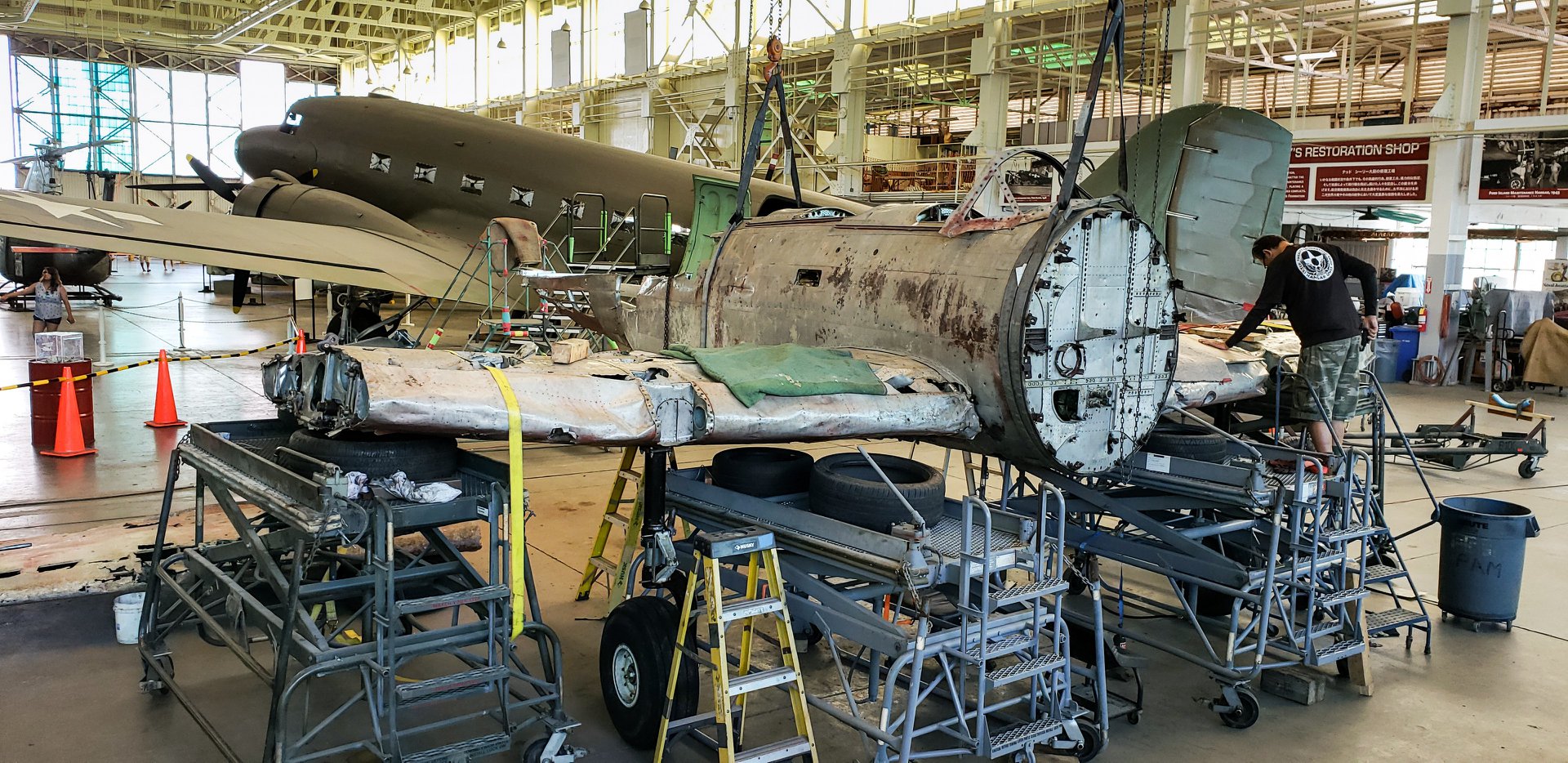
Besides the engine that remains at the Kokopo War Museum, the B5N2 arrived at the museum on Ford Island, missing much of its aft fuselage and its left outer wing. The museum fitted some beams to connect the surviving portion of the “Kate’s” tail back to the aircraft in Hangar 79, the museum’s restoration hangar that still has bullet holes left from the Japanese strafing attacks against the naval aircraft on Ford Island during the attack on Pearl Harbor on December 7, 1941. The aircraft’s landing gear was restored so that the aircraft could stand on its own without resting in a cradle, and by 2018, the aircraft was placed on display inside the Pearl Harbor Aviation Museum’s Hangar 37, which also survived the attack on Pearl Harbor.
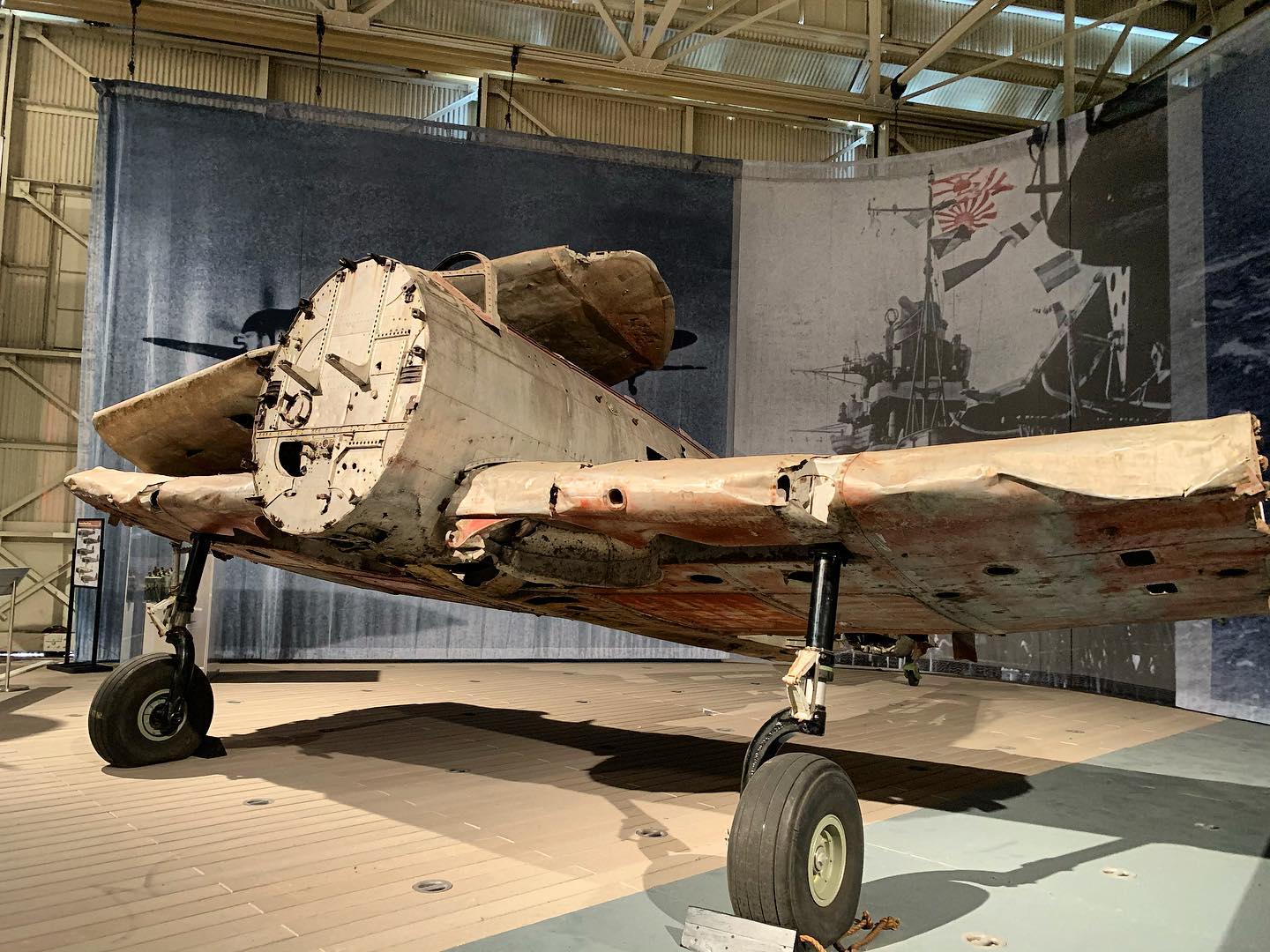
To the aircraft’s left stands the museum’s restored Mitsubishi A6M2 Model 21 Zero c/n 5356, formerly operated by the Confederate Air Force (now Commemorative Air Force) from 1985 to 2002, while ahead of the “Kate” a replica of one of the Curtiss P-40 Warhawks scrambled to intercept the Japanese fighters and bombers over Pearl Harbor hangs from the ceiling, and directly ahead of it is a salvaged portion of the hull of USS Arizona (BB-39), whose forward magazine detonated following a direct hit from an armor-piercing bomb dropped by a Nakajima B5N “Kate”. There are also the remnants of an A6M Zero shot down during the attack on Pearl Harbor that later crash-landed on the Hawaiian island of Ni’ihau.
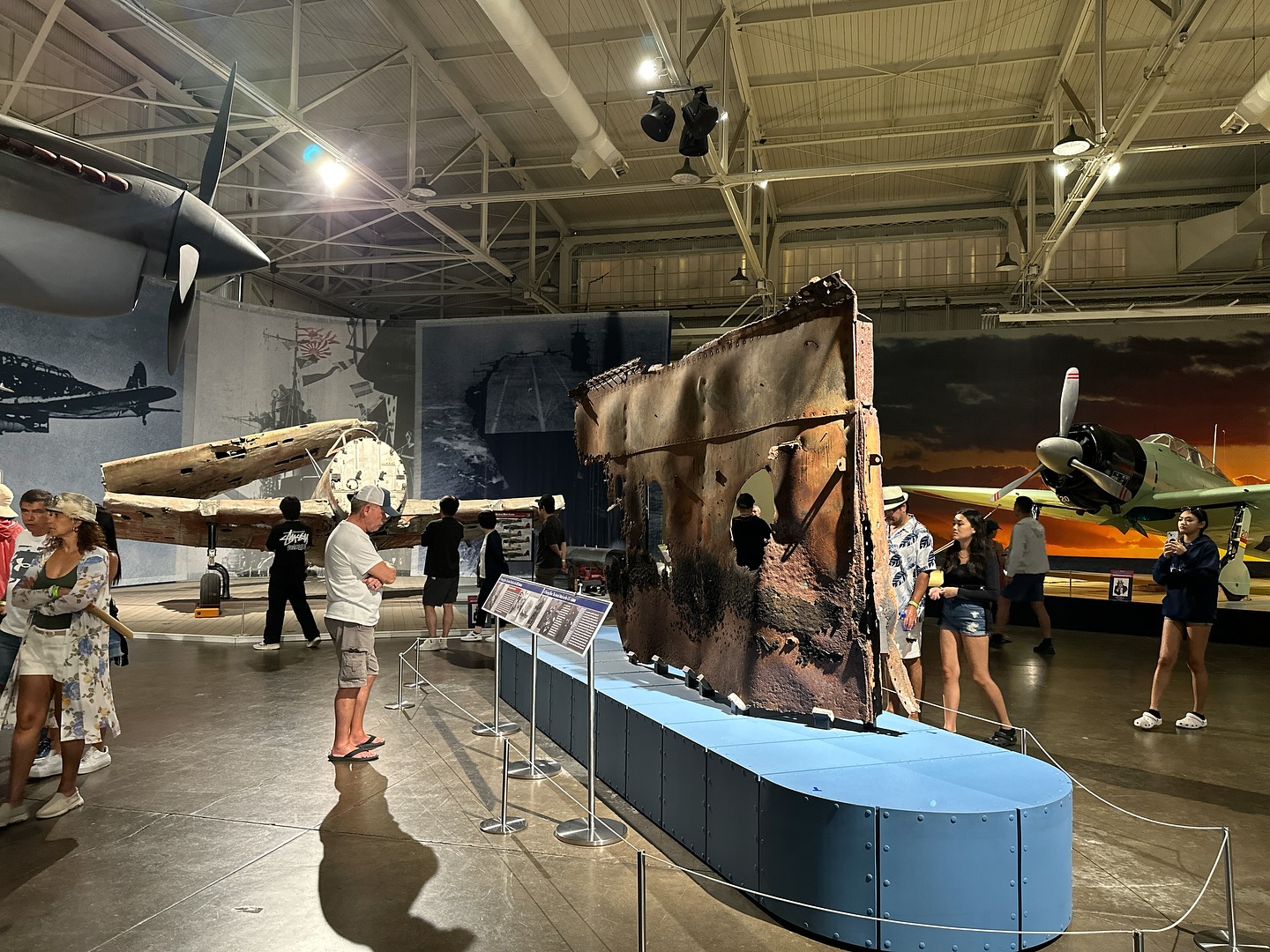
Yet even with the B5N2 on display, the museum sought to install a new outer wing panel on the port side of the aircraft. The aircraft’s remaining outer wing on the starboard side was removed and returned to Hangar 79. There, the wing panel was scanned in 3D so that its internal structure could be replicated for a new left outer wing panel. All the while, the original right outer wing panel was kept in the hangar for continual reference as museum volunteers built the new wing panel that was mirrored to fit on the remaining center section of the left wing.
Exactly one year after the right wing was removed for scanning and reference, the museum’s restoration team had constructed a full-scale reproduction of the left wing, mirrored off the right, complete with dimples in the surface of the metal that had gone unnoticed before the new wing was painted. With the new wing finished, the museum reinstalled the two outer wing panels, making their Nakajima B5N2 “Kate” the most complete example of its kind on public display. The wings are displayed in the folded configuration to demonstrate the mechanism used to reduce the aircraft’s wingspan for storage in the hangar decks of Japanese carriers and to allow the B5Ns to be placed aboard the elevators to the flight decks. On the Nakajima B5N, the left wing folds above the right. Here is a time-lapse video of the wings.
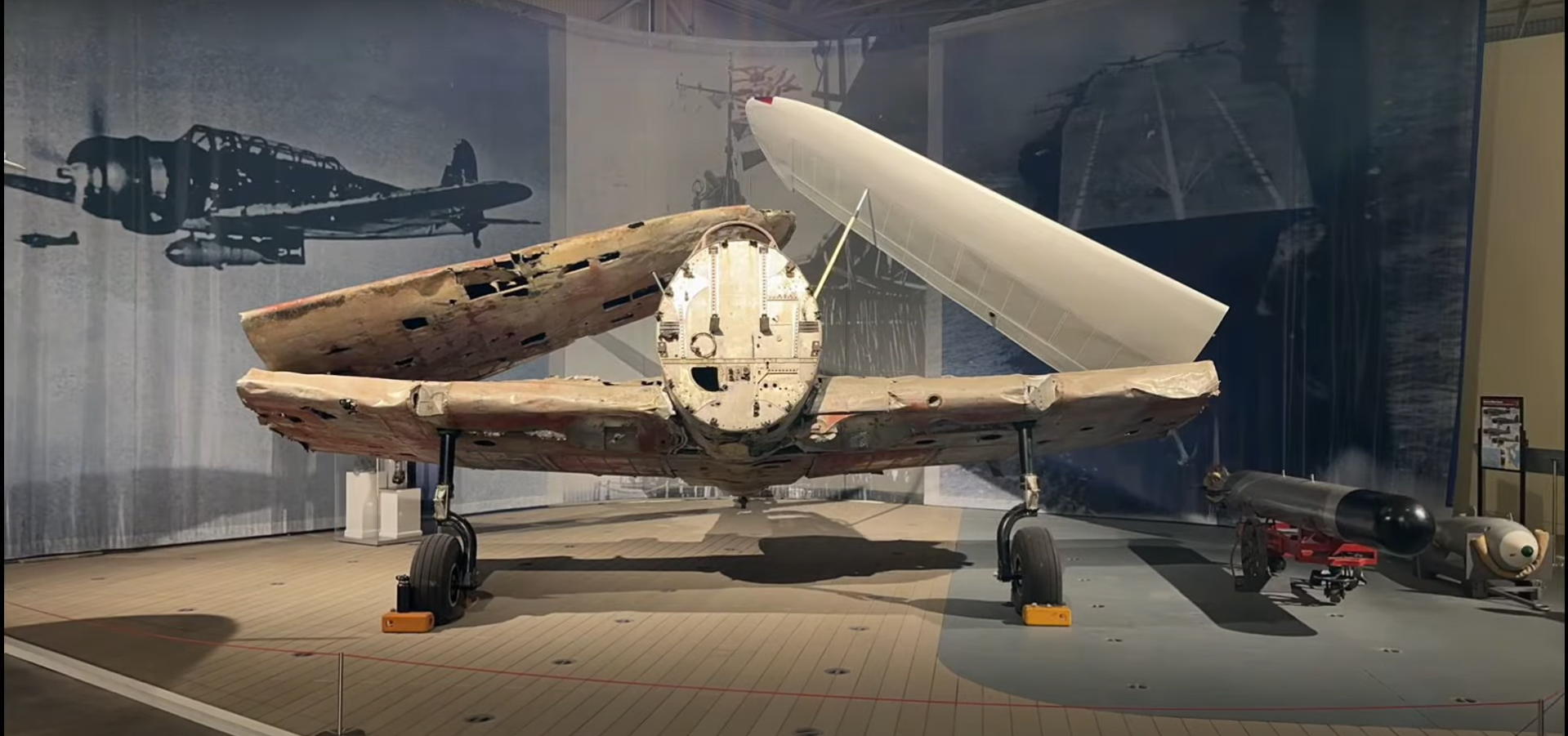
With the “Kate” reassembled (save for its absent engine), the museum is now turning its attention towards its Aichi D3A “Val” dive bomber project, which we also reported on in 2022. With the Kate and the Zero on display, the inclusion of the Val will provide visitors to the museum the opportunity to see an example of each of the different types of Japanese carrier-based aircraft that attacked the U.S. Pacific Fleet on December 7, 1941, and fired upon the very hangars in which these aircraft now rest today.







